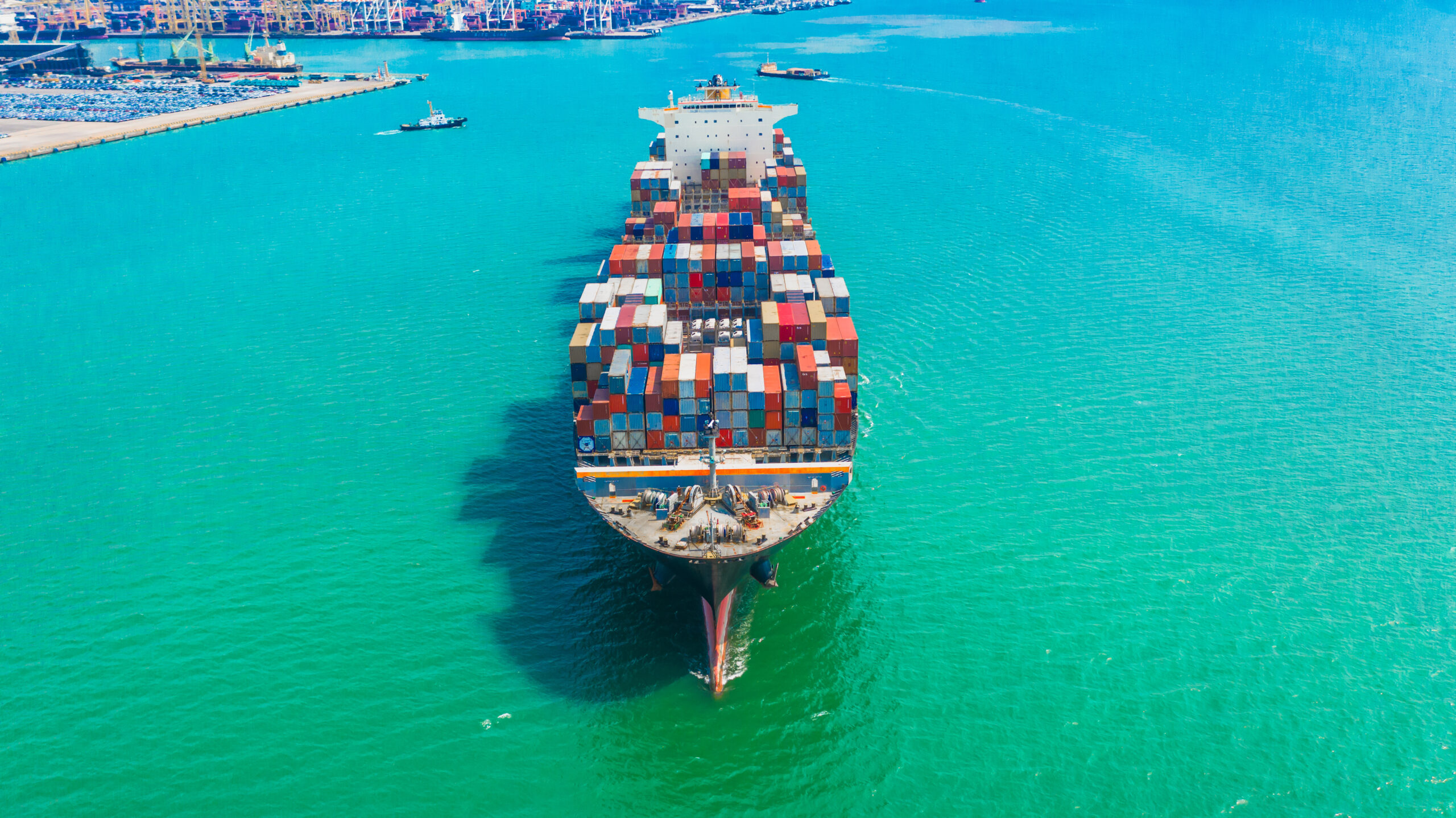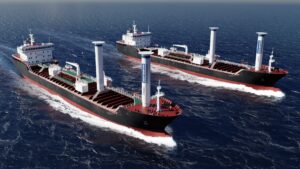Brexit has resulted in the reduction of total reportable sailing distance on the North Atlantic of -24%, according to Denmark-based research and analysis specialist Sea‑Intelligence.
The European Union carbon taxation scheme (ETS) went into effect in January 2024, meaning that ships that visit EU ports must pay a tax on CO2 emissions.
A ship sailing between two EU ports must pay carbon tax for the full duration of the journey, while a ship sailing between a non-EU port and an EU port needs to pay carbon tax for 50% of the journey.
While it has no direct impact on Sea‑Intelligence’s analysis, the EU only requires 40% payment of the ETS tax in 2024, ramping up to 70% in 2025, and 100% from 2026.
However, there is a “loophole” in the ETS due to the UK’s withdrawal from the EU, as Sea‑Intelligence says. This means that the UK port calls can count as first/last port call before an EU port.
For instance, if a vessel is sailing from New York to Antwerp, the carrier needs to report the emissions for 50% of the journey, as it goes from a non-EU port to an EU port.
But, if the same carrier has a port call in Felixstowe in between New York and Antwerp, the carrier needs to pay zero ETS from New York to Felixstowe, as these are both non-EU ports, and ETS of 50% of the brief journey from Felixstowe to Antwerp.
Alan Murphy, chief executive of Sea-Intelligence, said: “If we map out the port rotation of the services offered in the North Atlantic trades (i.e. liner services from North America to North Europe), we can calculate the total sailing distance for which emissions must be reported, under two different circumstances: one based on the current reality where the UK is exempt, and the other based on what the situation would have been, had the UK remained in the EU.
“This is shown in Figure 1. It tells us that Brexit has resulted in the reduction of total reportable sailing distance on the North Atlantic of -24%.”
Murphy added: “If we dig a layer deeper and look at the individual liner services themselves, there are outlier services which are seeing reductions in reportable distances of as high as -73%.”



